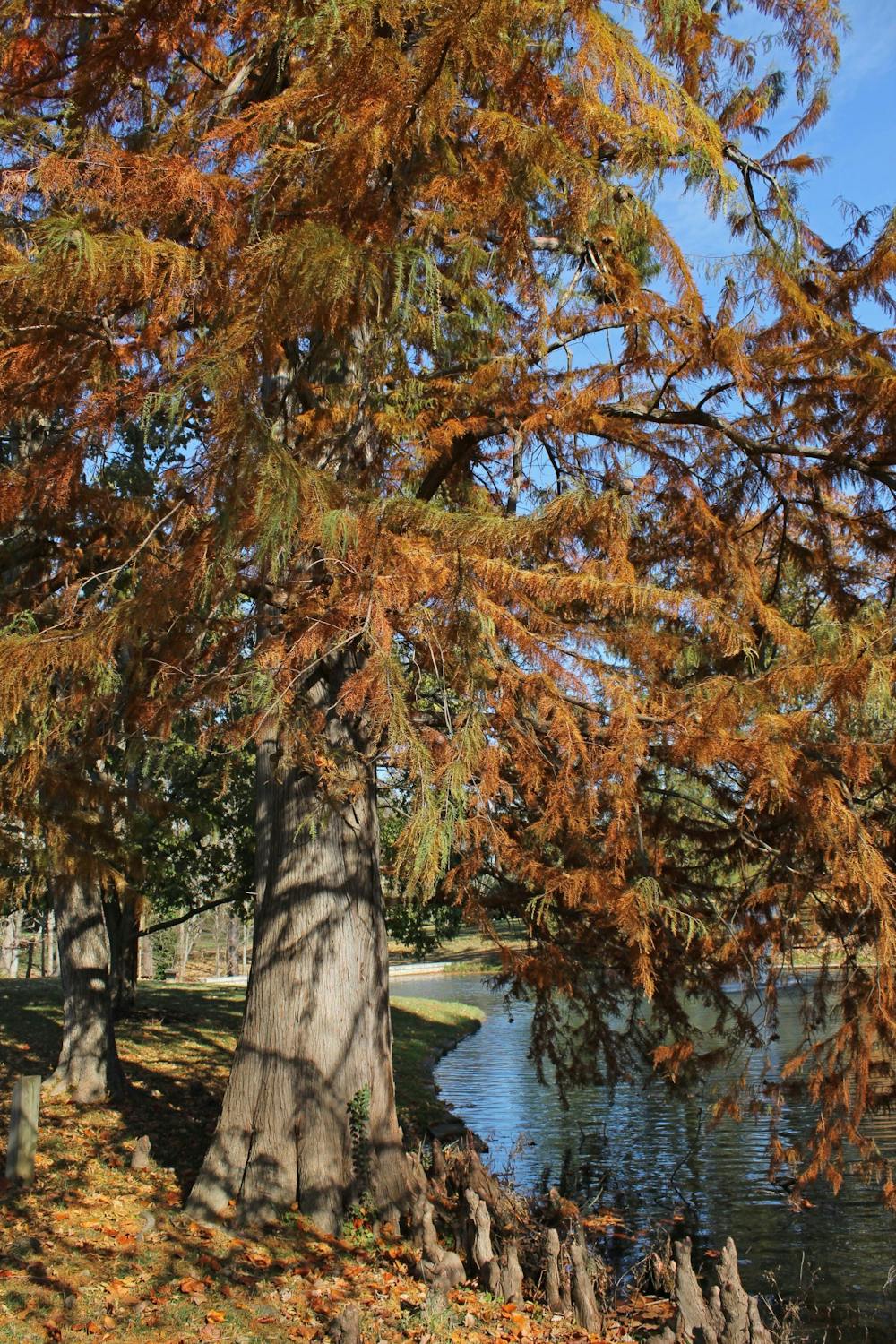As fall settles over Oxford, leaves float to the ground, their rich hues of vermillion, burgundy, apricot and gold creating a blanket of color across Miami University’s campus.
Thanks to two tree programs initiated in 2018, Oxford may be seeing even more of these trees over the next few years. The Oxford Urban Forestry and Tree Replacement programs are two funding sources aiming for effective tree management in Oxford.
The Urban Forestry program was originally created to satisfy one of the four standards needed to be considered a Tree City USA designee by the Arbor Day Foundation. The requirements include having a tree board or department, creating a community tree ordinance, establishing an urban forestry program with an annual budget of at least $2 per capita and observing Arbor Day.
The Tree Replacement Program was created in response to the loss of millions of ash trees to destructive Emerald Ash Borer (EAB) beetles in 2008.
“There’s a lot of diseases that are also affecting trees, so we live in a very difficult time for trees. Yet trees have never been more important,” said David Prytherch, professor of geography and Oxford City Council member.
According to the city of Oxford’s website, both programs have successfully removed 63 diseased or damaged trees, and the city of Oxford administered additional treatment to try to save 170 trees.
“In our community, we lose trees for various reasons, and the city does a good job of replacing them, but I think we just — yeah, now is the time we need to just do more,” Prytherch said.
The removal and treatment of diseased or damaged trees totaled $42,900, with funds provided by the City Council’s General Fund.
Michael Vincent, a professor of botany at Miami, said as the climate continues to warm, growing trees in Oxford adds more shade, lessening the amount of radiant heat coming up from exposed concrete and asphalt. This provides a cooling effect on the Earth.
Tree cover also results in a reduction of energy costs through shading and heat absorption, decreased costs associated with erosional repair and flood damage, the potential to increase in property values and increased value of the street trees themselves, according to the city of Oxford’s website.
Oxford City Council environmental specialist Dave Treleaven plans to increase the number of trees replanted in the near future.
As of now, there is a particular focus on replanting trees native to the region because they are better acclimated to the environment and wildlife of Oxford, Prytherch said.
Enjoy what you're reading?
Signup for our newsletter
“We thought of how valuable trees are to us and thought we’d plant a lot more of it,” Prytherch said.




